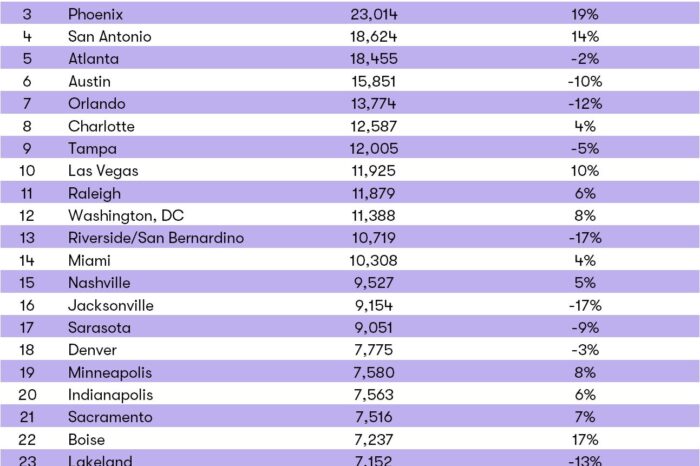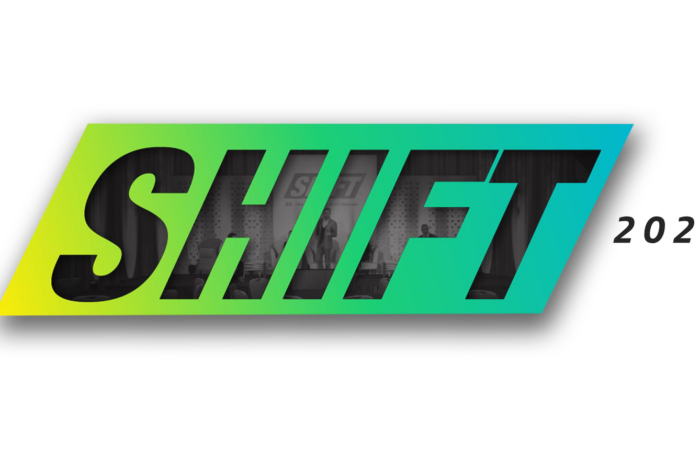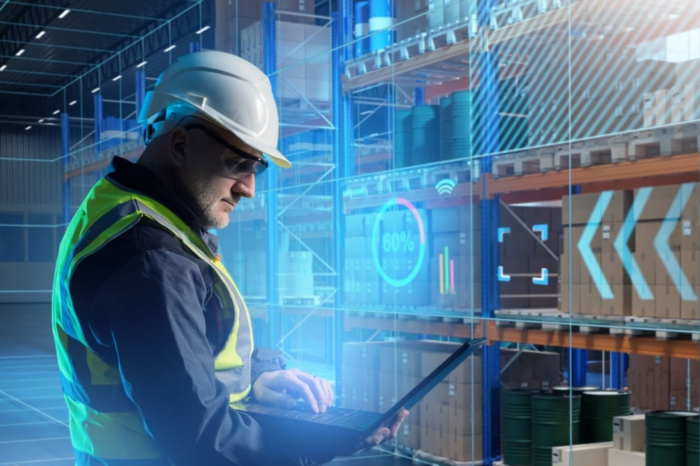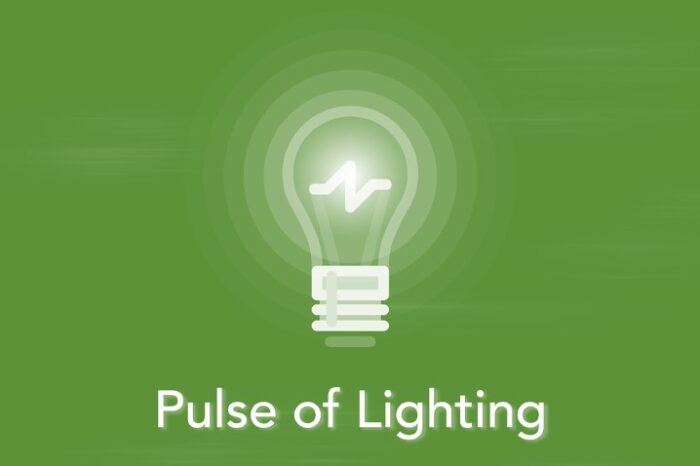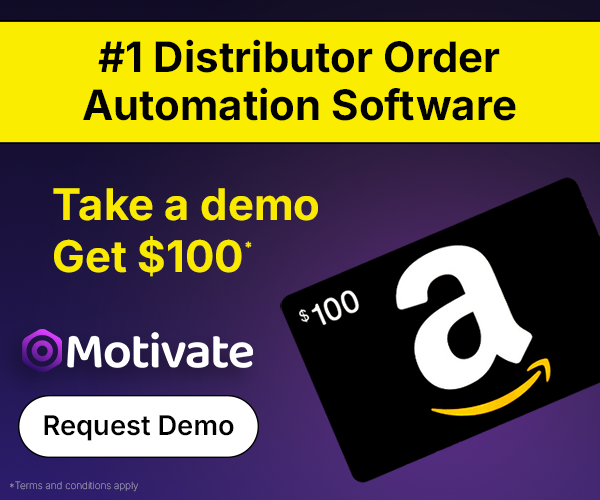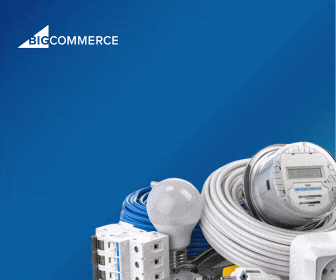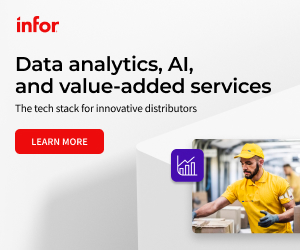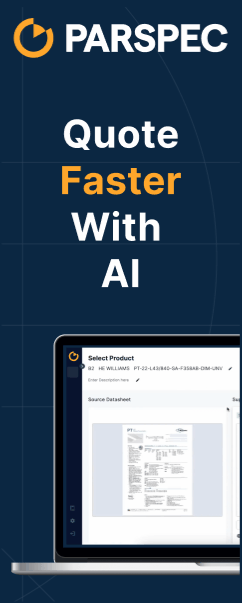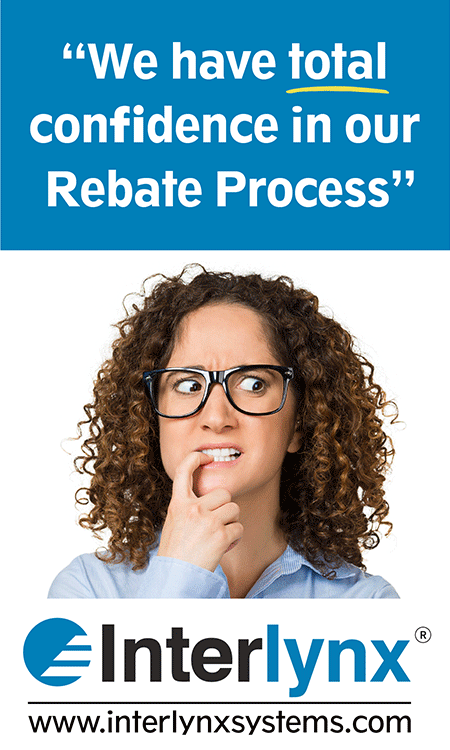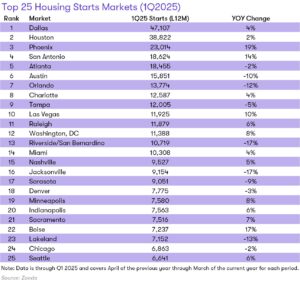AI, the Sonepar Way
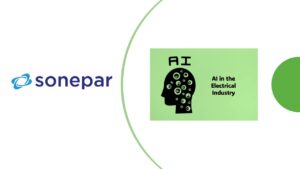 There’s much talk, and some movement, on AI for distributors. Progressive, albeit larger, distributors are discussing and seeking opportunities to embrace, or test, AI in different aspects of their business. Some have stepped their toe in. Larger companies are dedicating resources.
There’s much talk, and some movement, on AI for distributors. Progressive, albeit larger, distributors are discussing and seeking opportunities to embrace, or test, AI in different aspects of their business. Some have stepped their toe in. Larger companies are dedicating resources.
The challenge for small, and many medium / larger independent distributors, is that the largest companies (aka national chains) have the resources to dedicate resources to customize their AI endeavors as well as embrace AI-driven SaaS models that are application-focused.
Consider this communique from Philippe Delpech, Sonepar President & CEO:
Why Artificial Intelligence is a Friend, Not a Threat
“Artificial intelligence (AI) is the art of leveraging databases with mathematical algorithms, helping to make faster and smarter decisions.
I can remember it being discussed back in the 1980s when we started to leverage computing power on data mainly for scientific objectives. But in recent years it’s become a major opportunity thanks to the recent availability of low-cost computing power, cloud storage, and organized database.
The world is as often divided between AI risks and opportunities. Will its potential for surveillance compromise our personal privacy? Will it sweep away huge chunks of well-paid knowledge work? Or will its training become so sophisticated that it will outwit its human handlers to somehow take us over? While I agree that AI comes with risks, I want to argue that, for businesses to remain successful and competitive, we should first admit that AI is a great evolution. And not only that – we should see it as an ally, not a threat.
As a business leader, in addition to managing today’s bottom line, my role is to analyze and act on the macrotrends. Let’s start by taking a step back. While the integration of AI into corporate life undoubtedly means some short-term pain, in the longer term, I believe we simply have no option but to draw on its power. Why? Partly because the populations of developed countries, like the US and Western Europe, are continuing to age, which will lead to a workforce that is ever-reducing in numbers. The effects may not be biting yet, but I believe they will be a major challenge for all business leaders in the next decades.
Thanks to AI we can hold and move stock for our customers in ways that were impossible only a few years ago – transforming how we meet their needs.
But, if we admit that we need it, does AI help us or hurt us? My vision for Sonepar is one where it demonstrably helps because I believe firmly that the application of AI is about far more than the “cost-cutter” view of driving labor productivity that some businesses adopt. Instead, leaders should be looking to apply AI across their whole business, and up and down their supply chains, to make life better for both customers and associates.
If you want to understand what AI involves, you need to think about four basic building blocks:
- The right algorithms – This is not a “breakthrough” area. Many of the algorithms needed for modern AI were available after the Second World War.
- Computing power – This has been developing at breakneck speed since the early 1990s. It’s no coincidence that, after winning their 1996 match, the then reigning chess grandmaster, Garry Kasparov, was squarely beaten by the IBM Deep Blue supercomputer in a 1997 re-match! And the computers of that time had only a fraction of the power of today’s machines.
- The cloud – This really has been a game changer. If you need to store and share vast amounts of data about your, products, services, or customers, you need a rapidly and globally accessible system to do that at a competitive cost.
- Database quality – This is perhaps the most important aspect for any business, especially ours, and the one we have the most control over but certainly the most difficulty to master. Without an “organized database,” no sophisticated algorithms and computing power will make serious improvements to performance.
We are the first group in our sector to see all four of these components in place in our business environment in over 40 countries. And we’ve deployed them with a laser-like focus on a single end: customer service. When the emphasis is on this, business success comes naturally, through differentiation and increased market share.
I am not talking here about friendly relations or accepting returns. In today’s world, customer service means speed. B2C consumers are now used to things happening instantly. You can order online and get any product delivered on the same day. Those same people work in the B2B world too. A young installer on an industrial site, for example, will bring that same expectation into their workplace. While some people complain about a culture of “instant gratification,” one thing is for certain – it is here to stay, just as much in B2B as it is in B2C.
So where exactly do we apply the power of AI at Sonepar? First, supply chain automation and inventory management. We deal with millions of components across the world, which can only be successfully managed by applying big data analytics to inventory quality, aging, and rotation. We’re currently investing €2.5bn in moving from a model of branches to one of highly automated logistic centers. Sonepar is constantly increasing its number of modern warehouses and is close to its goal of 75 Customer Distribution Centers (CDCs) capable of holding millions of SKUs (Stock Keeping Units). Thanks to AI we can hold and move stock for our customers in ways that were impossible only a few years ago – transforming how we meet their needs. But, you can only leverage these supply chain improvements if you have the right interface to anticipate the needs and make their lives easier, through intuitive interactions. That is why we’re investing a further €1bn in improving our customer experience through Spark, our global omnichannel platform developed by the Sonepar Digital Factory. Here, AI is not only a help, but a necessity.
Being bold enough to put in the right investment and carefully managing the change can hugely improve productivity and delight your customers.
In fact, our approach to customer service uses AI to cut out swathes of tedious and involved tasks that once had to be done (with difficulty!) by people. One example is pricing. Unlike many B2C companies, we don’t have a single market price for our products. The price depends on a range of factors such as the size of the customer’s company, the project size, and current competitor pricing. In times past, the price we offered would have been worked out by a person based on limited information. They would have found it almost impossible to take all factors into account and arrive at a decision based on thinking rather than feelings.
Today, at Sonepar, this job is done by AI, which helps both us and the customer to know that the price has a rational approach behind it. Another area is technical proposals. Take a customer who needs to install solar panels on a roof. In the past, one of our associates would have taken all the details of the area in question, deliberated over workable solutions and, eventually, after many calculations, come up with a workable proposal. Those days have gone for us. Now, with the help of Google Earth, we can assess the site immediately and use AI to search the options and propose the best solution. The result? The certainty that the best option has been found, and a customer who can get their proposal in a fraction of the time.
So, if you’re a business leader, my advice would be – don’t be afraid of AI – it’s not going to decimate your workforce’s know-how or leave your customer service in the hands of uncaring machines. Instead, it’s something to be embraced. Being bold enough to put in the right investment and carefully managing the change can hugely improve productivity and delight your customers. If you want to differentiate and grow your business, AI is definitely your ally, but you will have to Adapt.”
Thoughts and Takeaways
- Congratulations to Sonepar for publicly sharing their thought process and an overview of their strategy. Few are willing to share.
- Why share?
- Perhaps it’s to pave the path for supplier involvement?
- Perhaps they are “setting the bar” for others.
- Perhaps they are not concerned about competition and are focused on delivering what they feel is right for themselves and their customers?
- Perhaps they look at this as a defining moment and saying “we can invest and, if “you” can’t, perhaps join us, time to exit, or time to invest?
- And, perhaps, I’m overthinking this!
Over the past few months, I’ve shared some companies that have developed / are developing, tools for the electrical industry. I’ve also shared some thought processes for how to get started.
Consider …
- As part of your planning process, where is your AI journey going to start?
- Will manufacturers ask you what are you considering relative to AI? (and don’t worry, if you only plan with manufacturer reps or regional managers, you won’t be asked.)
- As a distributor, what should you be asking from your manufacturers (again, it depends upon the level you are planning with). What are they currently working on that you could be contributing or integrating into your business?
- Which application-specific AI-driven companies are you talking to? Should be talking to? (and yes, I’ve talked to some and can share companies and applications to consider.)
- Perhaps you have an idea for custom initiatives (and yes, I have some resources)
- While much is made of data, a question to ask is, “what is your product data provider’s AI offering / roadmap?”
- This same question, whether you are a distributor or a rep / lighting agent, needs to be asked of your ERP and CRM provider(s). If they cannot answer, you need to talk to some of their competitors to see what you are missing and ask yourself “will this help me grow / improve profitability in the next couple of years, by how much, and is there an ROI discussion to have.”
What Sonepar is really saying is “investing in technology is no longer an option.” You cannot compete on product (everyone sells the same thing). You cannot compete on price (everyone can get to about the same price). You can compete on knowledgeable people and relationships but need to have the right people. Technology can be a facilitator, an enabler, a productivity enhancer, and a profit generator. The question becomes, “what is your timeline, your vision, and your goals?”



